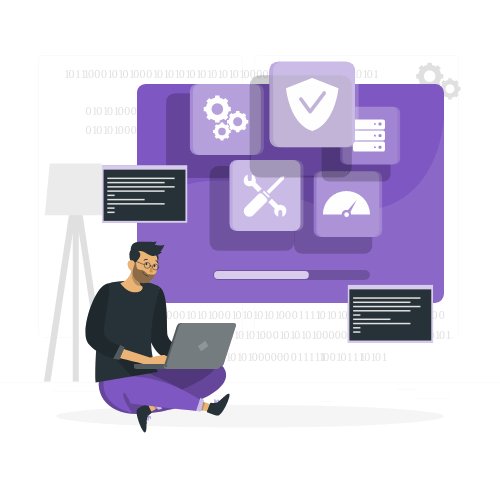
How important is Rest API Training...?
Boost experience by solving real-world business problems with the help of industry-wise assignments and projects. Once completing the course, the tasks successfully become a certified professional in API Testing.
The principle behind the client-server limitations is the separation of its concerns. Separating the user interface concerns from the data storage concerns improves the portability of the user interfaces across multiple platforms. It also enhances scalability by facilitating the server elements. The structured interface describes communication between clients and the servers. Once a developer becomes familiar with one of your APIs, he can follow a similar approach for other APIs.
REST authorizes requesting clients access and manipulate web resources using a uniform and predefined set of rules. The Rest-API serves as a gateway or a single entry into the system. It summarizes the business reasoning and handles all the client requests, taking care of the authorization, authentication, and other necessary tasks before accessing the application resources.
Quick Enquiry
Get Started with REST API

Get Started with PostMan

Introduction to Postman Programming

REST Assured API

Response Validation and Test cases

Matschie Framework

Frameworks and Advanced

Project Automation

WireMock

GraphQL

